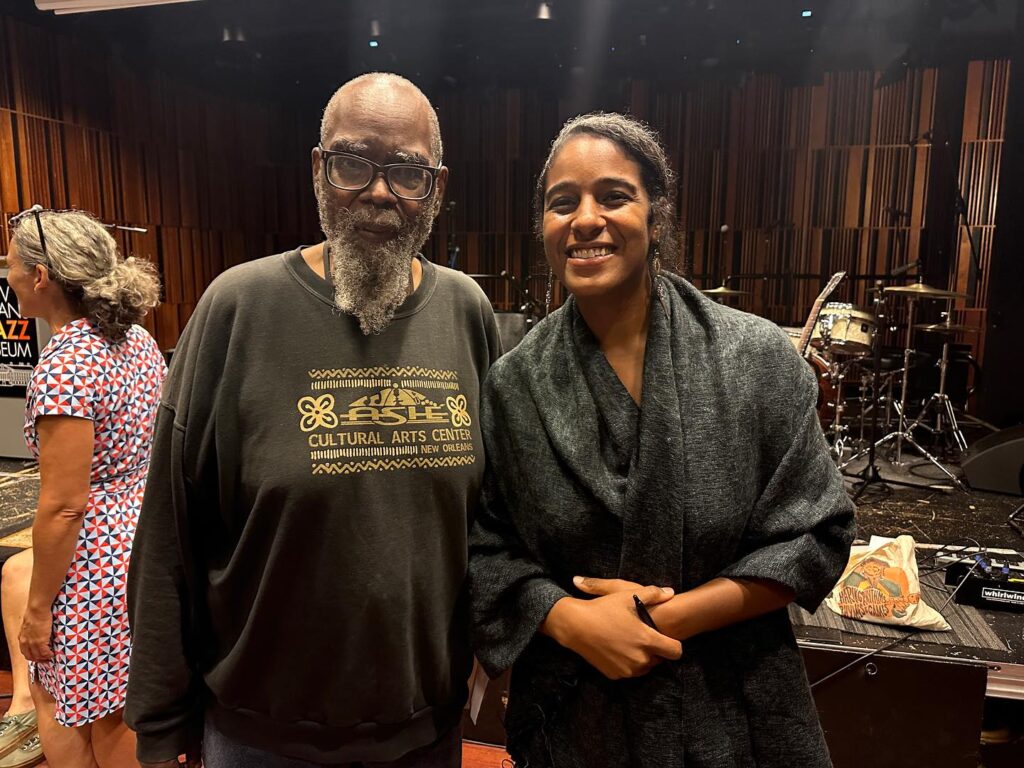
CONVERSATION — Kalamu ya Salaam & Leyla McCalla

Kalamu ya Salaam's information blog

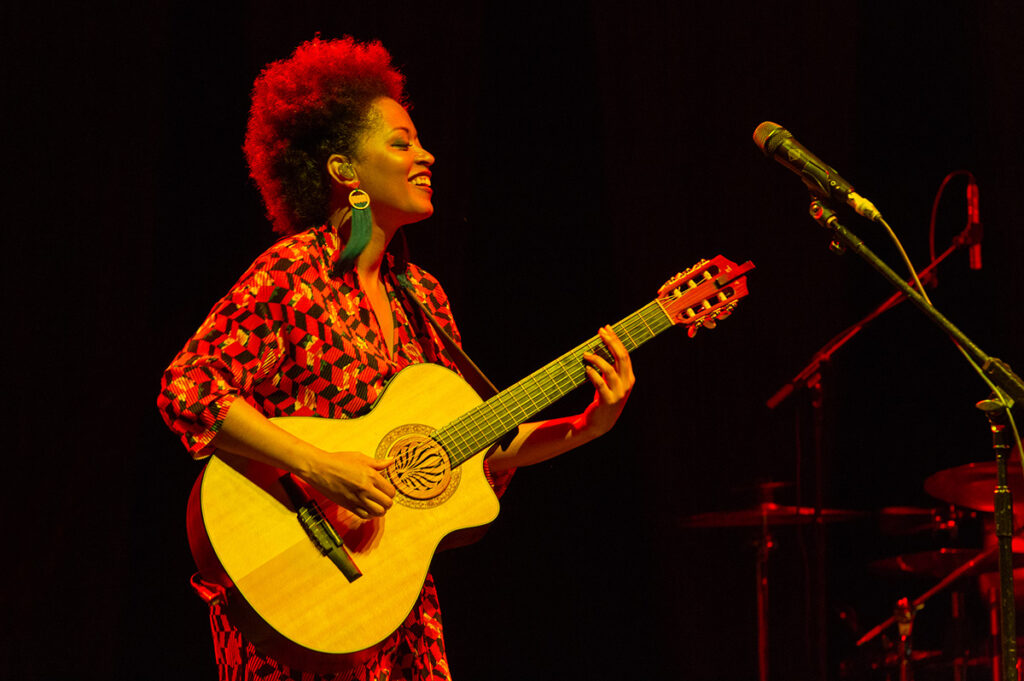
Her music moves me. Soothing. She calls much of her sounds “lullabies for adults”. Her career has been stellar, starting with winning a Portuguese song contest when she was in her middle teens.
She went on to record a gospel album and then had her first pop hit with “Mi Ma Bo” (You And Me).
Her biggest international hit was the song “Balance” that featured a variety of dancers in different styles.
Shortly thereafter Sara shared a box set of a 13-part DVD and a 2-CD box set plus miscellaneous material. Currently unavailable, I was fortunate to secure a set when it was first released. It is a beautiful collection of her mid-career work.
After a short hospital stay, I was looking up Sara’s work while I was home recuperating. I was stunned to see both her birth and her death date were listed. Couldn’t be. There must have been a mistake. Sara Tavares was only 45 years-old.
But it was true. A brain aneurysm had laid her low. I knew she had been ill but had not realized how ill.
Viva Sara Tavares!

An underwater shot featuring people from the island nation of Fiji. Dealing with climate change. It’s an haunting vision. Go here to view the images and article:
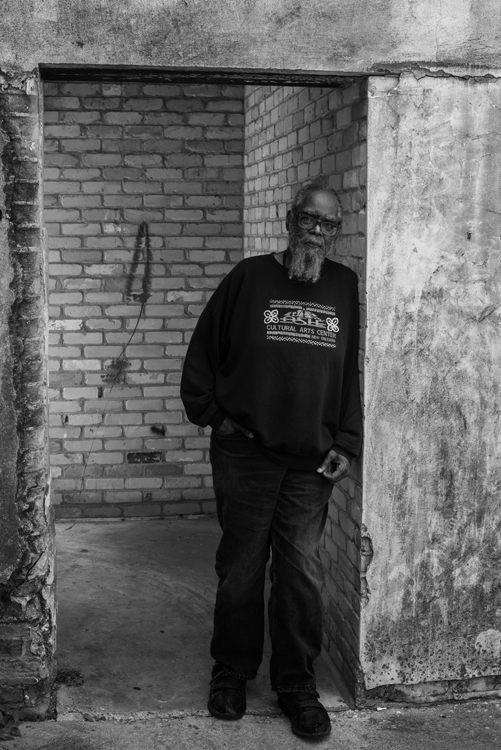
When I die
I want to be everywhere
And nowhere
Previously unknown but always rediscovered
A sliver of sunlight at each new dawn
A fading, glowing ember at each exhausted nightfall
When I die
Let the cooing of turtle doves
Be both the soundtrack of my arrival
As well as the departing train’s moan, whistleling
The sounding that I am gone
What is there to say
I am a faded away taste
On the lips of joy, the moment
Of brief but unforgettable exhilaration lovers know
When they carnally come together
The rainbow memory that disappears but
Is always there, coloring each emerging emotion
Of the inextinguishable love humans can have
For each other, for rewarding toil
In the fields of our lives as we cry
Joy tears that announce both our arrivals
And departures, we are an ancient future
A dying albeit recurring eternal moment of fecundity
That will always blossom regardless
Of the ashy finality of death
Let our laughters echo
Throughout the centuries of non-existence
There is no need for pity, although we never last
We are always here
Wine on the breadth of every final gasp,
Every grave in reality, just another beautiful
Plot of resurrection, an eternal
Hello and goodbye!
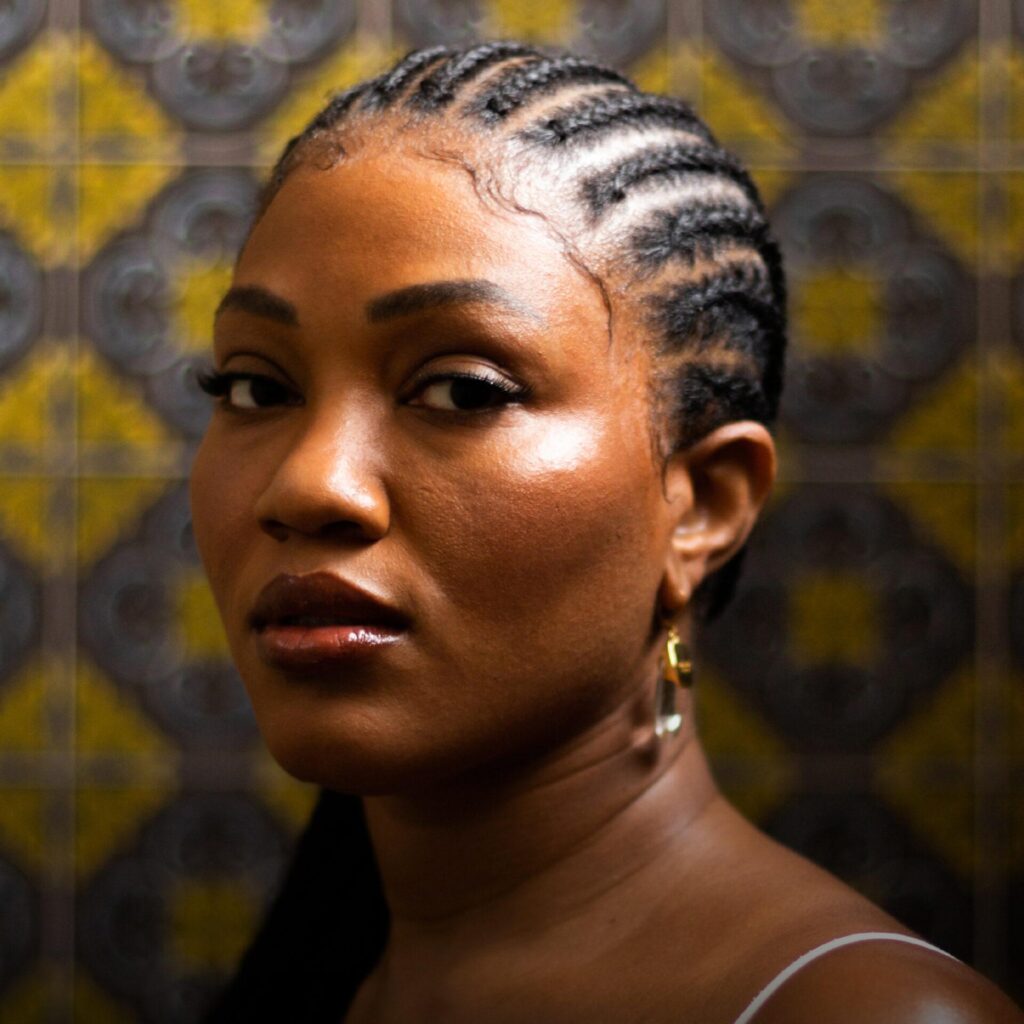
Centuries ago–just look at a map and you will see how close Brazil is to the west coast of Africa–millions of our people were forcefully imported, whipped actually, and transported into the so-called new world. At the beginning of the 21st century, a female singer who proudly draws on her heritage offers a forward vision of what the confluence of culture and politics can mean.
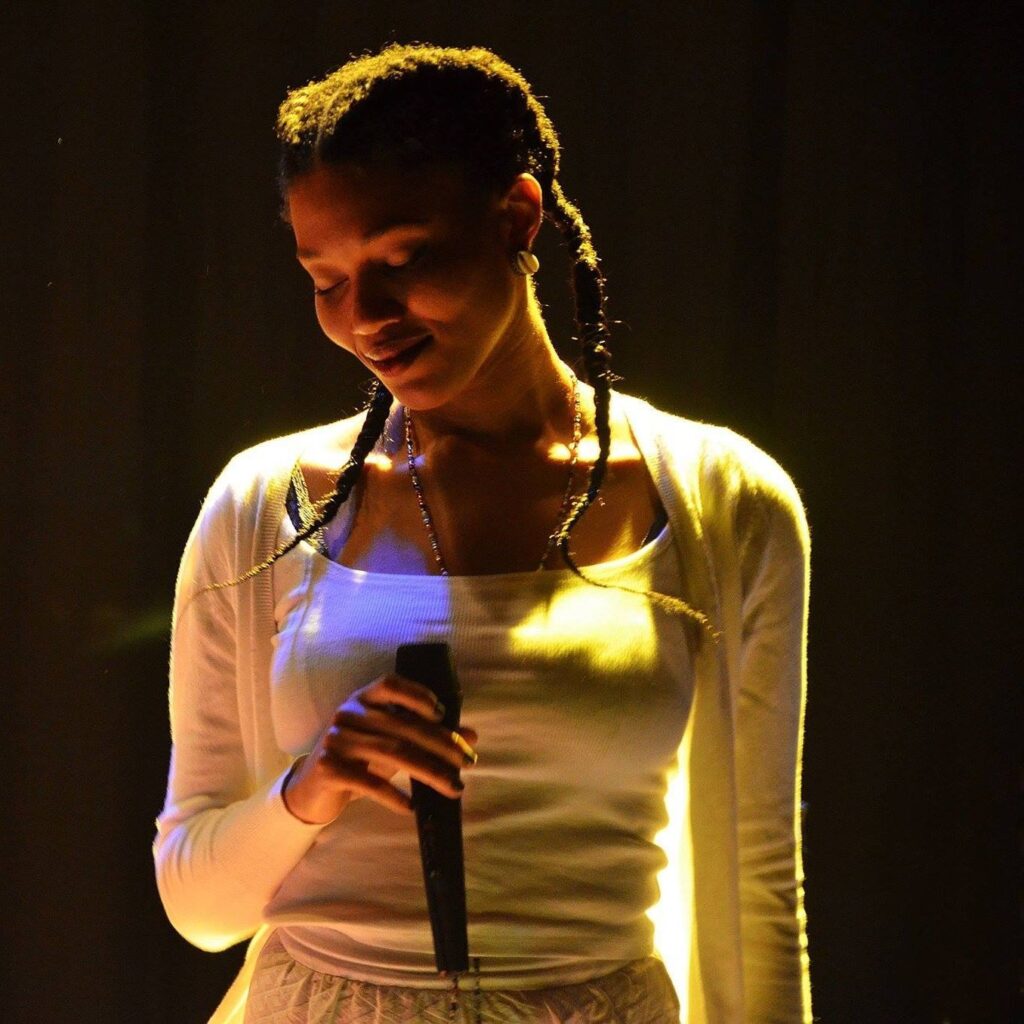
Her name is Luedji Luna. She is literally a big Black woman. Her music is a mix of styles. She was born in Salvador, the larger historic home of Afro-Brazilians and twenty some years later moved to São Paulo, one of the largest cities located in the south of the country.
Her music celebrates being Black. Being woman. Being Brazilian.
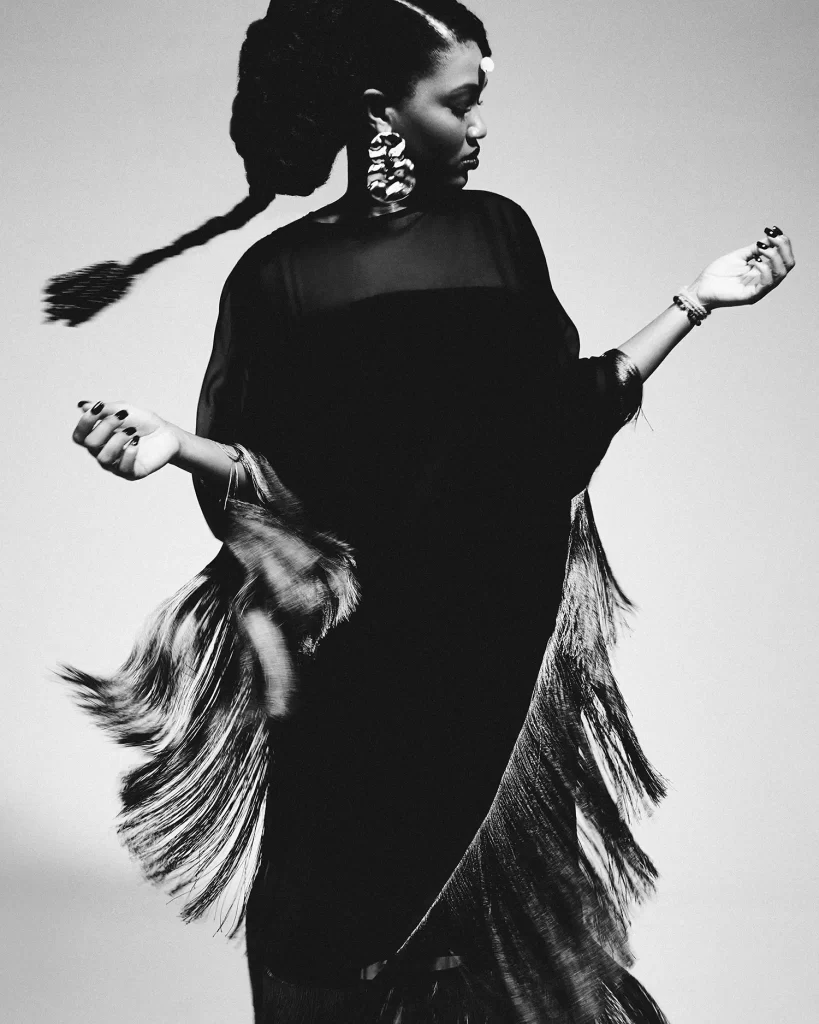
Liedji is a stand-up performer. Singing in the musical way Salvadorians articulate the Portuguese tongue. Swaying in a non-professional way as she performs. She obviously is comfortable with being her self.
Listen. Learn. Be entranced.
ON WRITING HAIKU
By Kalamu ya Salaam
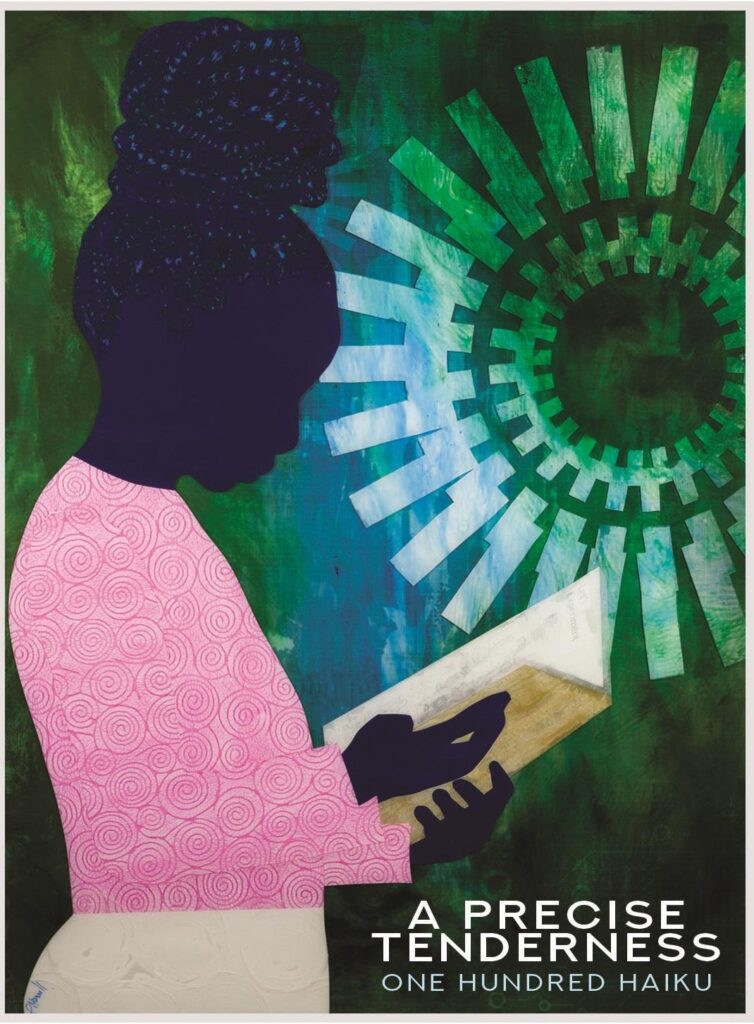
Haiku is a Japanese poetry form which structurally consists of three lines and a total of 17 syllables (five on the first and third lines, and seven on the second line). There are other variations of form and other structural aspects to haiku writing, but those are the elements I choose to use.
Two writers directly influenced me to write haiku: Richard Wright and Sonia Sanchez. While still in junior high school in the late fifties I read Wright’s wonderful haiku about the little boy standing in the snow holding out his hand until it turned white. At that time I was totally under the influence of Langston Hughes, so while I admired the Wright haiku, I felt no impulse to emulate the form or the tone of what Wright wrote. Many years later in preparation for a major article of literary criticism, I had in-depth conversations with Sonia Sanchez about writing. She told me about writing haiku when she couldn’t write anything else because of time or other constraints. Sanchez pointed out that writing haiku helped hone her poetic skills, especially in choosing words and streamlining her writing, moreover, haiku were short, pithy, very specific, and once you finished one, you had a feeling of accomplishment. But haiku was not yet in my blood even though I thought I understood what Sanchez was saying.
Then I went through a divorce. In retrospect, I realize now that I stayed as busy as I could as a defense mechanism to deal with the pain I was feeling. That’s when I really began to understand what Sanchez told me; that was also when I seriously started writing haiku. In that context, it is easy to appreciate this early haiku:
haiku #18
anesthetized by
exhaustive activity
my hurt hurts me less
Since the mid-80s I have written over 150 haiku and have had dozens of them published, most notably the erotic haiku in Erotique Noire/Black Erotica and in the follow up anthology Dark Eros. The April 1995 issue of Essence magazine also published six haiku in a feature on New Orleans. People who know of my proclivity to use blues and jazz forms and influences in my writing sometimes express surprise that I use the haiku form. I laugh. Why not? I’m African American; we’ll use any and everything in our own way and make art out of it.
Since joining the Free Southern Theatre in 1968, I have been an active proponent of the Black Arts and have constantly attempted to develop a theory and practice of a Black aesthetic in my writing.
In haiku, I knew I wanted to deal with at least three different elements: rhythm, rhyme and raw sound — plus, the haiku needed to carry the weight of irony. Of course, I did not expect each poem to contain every element but I was striving to have each poem manifest at least one of those properties. I did not study any traditional haiku nor read any books on writing haiku. I was not interested in learning the Japanese tradition. I wanted to write haiku that not only thematically addressed the Black experience, but, also and more importantly, structurally exemplified a Black aesthetic.
For me this was more than simply a technical question of how to write haiku on paper, it was also a question of how to perform haiku. I would not consider myself successful until I had figured out how to recite haiku with the same force and intensity as I did my blues and jazz based poetry.
This was a left brain/right brain problem. I needed a creative approach for the performance and a technical approach for the writing. I stored it away and let my subconscious work on the performance part.
The writing part was easy once I specifically identified the literary theoretical precepts I wanted to use. In less than five years I wrote over a hundred haiku–I have since slowed down the production of haiku because I am consciously concentrating on other poetic forms and other genres of writing. As I perfected my techniques, I would go back and rewrite earlier haiku. I moved away from similes and went straight into metaphors and personifications. I also began incorporating some of traditional haiku techniques such as using images of the natural world as an extension of the human self.
One haiku in particular illustrates the deepening development of my technique. This is a poem which started out as a simple expression of longing and the loneliness of separation. The poetic motif was the use of the rain/earth image except that I switched the normal associations and made the rain the female element and the earth the male element. This switch is not apparent unless the reader knows I am a male or unless myself or another male orates the haiku. The first published version of the poem is:
haiku #107
I think of you as
rain and I as dry earth cracked
beneath cloudless sky
When I rewrote the haiku, the first thing I did was remove the similies (“as”) and dropped the cognitive reflective (“I think of”). The poem is thereby made more direct. I also decided to introduce another concept: one suffers a lonely existence while the other party engages in a productive relationship. Finally, I wanted to emphasize the dry/sky rhyme. Thus, I wrote:
haiku #107b
your rain wets other
fields, my parched earth cracks, breaks, dry
beneath cloudless sky
Haiku #107 is an example of using nature and seasonal imagery (which is another aspect of traditional Japanese haiku). However, I also deal with the Afro-centric tradition of proverbs, mother wit and “mama say.” Such poems may or may not employ the use of nature imagery such as illustrated by these two haiku. The first employs a blues based imagery and the second is just straight up african proverb in structure.
haiku #1
there’s no night so long
that we can not ride through / to
taste tomorrow’s dawn
Haiku #1 is built on a repetitive opening rhythm (“no night so long”) and closing rhythm (“tomorrow’s dawn”) which is emphasized by the half-rhyme of long/dawn. The bridge employs the “t” sound (“through to taste to…”). Additionally the sounding of the bridge section overlaps the closing rhythm and helps to stress the final word of the haiku, so that the closure sounds natural as though this is where the poem is supposed to end. Thusly, I attempted to achieve a musical flow.
haiku #100
what we know limits
us, wisdom loves everything
not yet understood
The proverb-based haiku #100 builds itself on the use of irony and makes no use of imagery and no specific use of sound devices. However, the majority of my haiku consciously employ sounding. In addition to the aforementioned use of rhyme and rhythm, I used alliteration as a main device for achieving a Black sound in my written haiku. I wanted to reach for the syncretic creolization of an afrocentric oral/aural ethos mated to eurocentric literary emphasis on text. Such a synthesis is a hallmark of African disaporan art. This meant bringing together concepts that were not usually thought of as part of a whole. Beneath all of that I also wanted to maintain a complementary feminine/masculine referencing in contradistinction to the eurocentric privileging of patriarchy.
Here is an example which incorporates many elements of a Black aesthetic.
haiku #79
i enter your church,
you receive my offerings,
our screaming choirs merge
First, from the standpoint of rhythm–which incidentally is not usually a component of haiku–this poem is written in threes, my variation on the three/four musical rhythm common in gospel music. Thus the emphasis is ONE-TWO-three. The “three” is an open beat, meaning I could recite it ONE-TWO-three or ONE-TWO-three/three/three/three-ONE-TWO-three. Usually, I recite it rubato, without any particular rhythmic emphasis, but I keep the three feel in mind so that the words are emphasized like this:
I EN-TER your church
YOU RE-CEIVE my offering
OUR SCREAM-MING choirs mergeeeeee.
Unfortunately, there is nothing on the page that can tell you how I am using rhythm except that I have set the poem up with the emphatic words at the beginning of each line. Additionally, each line opens with two words, the first word is one syllable and the second word is two syllables, which is also a reinforcement of the three feel, but it’s a three within the first two counts of the larger three.
The complementary expression is: the male enters, the female receives and thereby the two merge into one. Also, the dialectic of body and soul, flesh and spirit are indicated by using the church image, hence the body, which is flesh, is presented as sacred, and so forth.
The next example is a haiku which leans heavily on the use of the long “ssss” sound and on its complement, the long “ffff” sound, both of which contrast with the short and abrupt “but” and “eye.” Notice, even though “but” and “eye” fall at end points, the rhyme is set up with the half rhyme of “flies” and “eye.” If you recite it alould you will immediately hear the connections. My experimentation has been to go beyond what the poem means and also dig deeply into how the poem sounds. Most haiku do not focus on the sounding element precisely because most haiku don’t use a Black aesthetic.
haiku #88
the pheasant flies but
beauty’s feathered sheen still shines
in the seer’s eye
Here is a more ambitious piece. I wanted to write about sadness, the breaking up of one into two separate pieces. I wanted to capture the feel of separation. I use rhyme (“gone/flown/song/sung” are all half rhymes), and rhythm (the middle line sets up an interesting swing with the use of the “s” sound repeated five times within seven syllables), as well as image. The image alone would have been sufficient, but the rhyme and rhythm emphasis add the afrocentric. In this selection the last word, “harmony” which is three syllables long contrasts quite unharmoniously with all the preceding words which are either one or two syllables long; in other words, it breaks the unity that had been set up. The irony was that it is the word harmony which breaks the rhythmic unity of the poem.
haiku #123
love gone is bird flown
sad sunset song tartly sung
without harmony
Haiku #48 is what I call a “perfect” haiku, meaning it has exactly seventeen one-syllable words. Here is an example of using blues imagery. This haiku is a direct variation on the blues line “fattening frogs for snakes.” I personify the night, the quality of hurt, and then use a simile to make complete the reference to the blues line. It is also a blues in the classic a/a’/b structure, which is say a line, repeat the line with a variation, and then respond to or comment on the line with a third line. Here I completely rephrase the second (or a’) line but I keep the same basic image (“night moans” = “arms of hurt” and “grip my waist” = “snake round me”).
haiku #48
night moans grip my waist
the arms of hurt snake round me,
i feel like a frog
This next piece has a rather involved origin. The basic line is taken from Ho Chi Minh who wrote “when the prison doors fly open / the dragons fly out” referring to political prisoners. I had learned that Ho Chi Minh lived for a brief time in Harlem and had been influenced by Marcus Garvey. When Nelson Mandela was released from prison I wanted to capture the feel of that. Upon seeing Mr. Mandela step into the sunlight what immediately struck me was the beauty of his smile. Also, Malcolm X and George Jackson approached prison as a school. I had read about imprisoned ANC militants also approaching captivity as a school. Thus prison is alluded to as a cocoon. Finally, it occurred to me that the whole process was one of transformation. So, I wrote this haiku.
haiku #112 (for Mandela)
emerging from jail
their dragon/our butterfly
his smile is so huge
Some of the haiku are written in the african proverb/”mama say” aphoristic form and have nothing to do with the traditional haiku use of nature images. Here is an example which I use to explain my non-Christian approach to spirituality:
haiku #58
black people believe
in god, & I believe in
black people. amen.
Many people believe that poetry is based on inspiration, but for poets who work in the griot tradition, poetry–particularly praise poetry –is often commissioned by a patron, community group, or other agency. This was the case with sixteen haiku I wrote for Essence magazine which choose to print six of the group of wide ranging haiku. Because I was writing without knowing specifically what was to be in the section, I decided to write widely varying styles and on a diversity of New Orleans related subject matter. Here are two from that group. The first is strictly a romantic, nature piece that suggests partying in the French Quarter and the second also uses a nature image to capture the spirit of people in New Orleans.
Quarter Moon Rise
soft moon shimmers out
of cloudy dress, stirred by night’s
suggestive caress
The Spice Of Life
cayenne in our blood
we dance, eat, laugh, cry & love
with peppered passion
The final example is a recent erotic haiku. When people hear my haiku they sometimes think that I have cheated, that I have used more than seventeen syllables. This is because of the use of rhythm, rhyme and alliteration which makes the poem seem longer than it actually is.
haiku #136
she soft tongue kissed my
thirsty skin quiet as a
breastfed baby’s breath
After a few years of developing my writing technique I felt I was well on the road to using haiku as text, but I still had to figure out how to make haiku work as speech. I don’t remember when the answer came to me. It was probably when I heard a musical selection that reminded me of an Art Ensemble of Chicago concert which I experienced in Atlanta. The AEC performed one number entirely on large bamboo flutes with shimmering gongs in the background. There was an incredible quality of peace and tranquility achieved by using long, low extended notes. I had already mastered the ability to mimic musical instruments and the key was to figure out how to achieve that feeling/sound. I tried and tried and eventually was able to achieve a sound similar to a bass flute but not quite as mellow as the big bamboo flute.
Once I had the sound, I figured then I could improvise the words in the sense of repeat them, extend them, repeat phrases, in-between blowing the flute notes. The key was to get inside the sound completely. There is no set melody. No set rhythms. I use however I am feeling at the moment, close my eyes and listen to my breathing. As I begin reciting sometimes it takes a minute to begin, sometimes longer. Generally I can not do more than two or three haiku at a time because it takes so much energy. But I had figured it out. The test, of course, was to perform it. It works!
There is another component. I use microphone techniques which I have learned not only from performing but also from radio work. I know how to blow across, next to, and into a microphone so that the noise of the air mixes with the sounds/words emanating from my larynx to form the total sound of the haiku presentation. At one point, I wondered could I do it without a microphone. The answer was yes, as long as I was in a small room and was very close to the audience.
What I had previously done in the long form, in the blues and jazz forms, I could now achieve in the haiku form — I was close to figuring out a theory of Black poetics.
I knew that I had to have an audience and that it had to be orated. Working with the haiku gave me a missing part: how to put the aesthetics into the text so that the piece could stand on its own as text and, at the same time, serve as lyric for the ultimate oration of the selection. I have been working on this for a number of years. Experimenting. Studying. Talking with other poets. Actually, I have been working on this for many, many years; it’s just that over the last five years I have been focused. Why?
On the one hand, reciting poetry was easy. But explaining what I was doing and how I did it, was another story. I knew there was a need to articulate the theory as well as articulate the poem. Although feeling and intuition are a major part of our aesthetic, these elements don’t exclude the development of cogent aesthetic theory. If we are to compete in the arena of text we need both theory and practice.
On a personal level, I was also clear that if my poetry was going to be published it had to achieve viability on the page and be able to stand up as text in comparison to the best of English-language poetry. I wanted to create a body of poetry that would make a substantive contribution to the African American literary tradition which is both competitive and innovative. I was not in search of popularity — what I wanted, and have always wanted, was relevance.
As odd as it may sound, haiku helped me to theoretically formalize my conception of a Black aesthetic for literature.
So how do I write
haiku? As Blackly as I
possibly can. Yeah!
Black Photography in New Orleans 1840 & Beyond
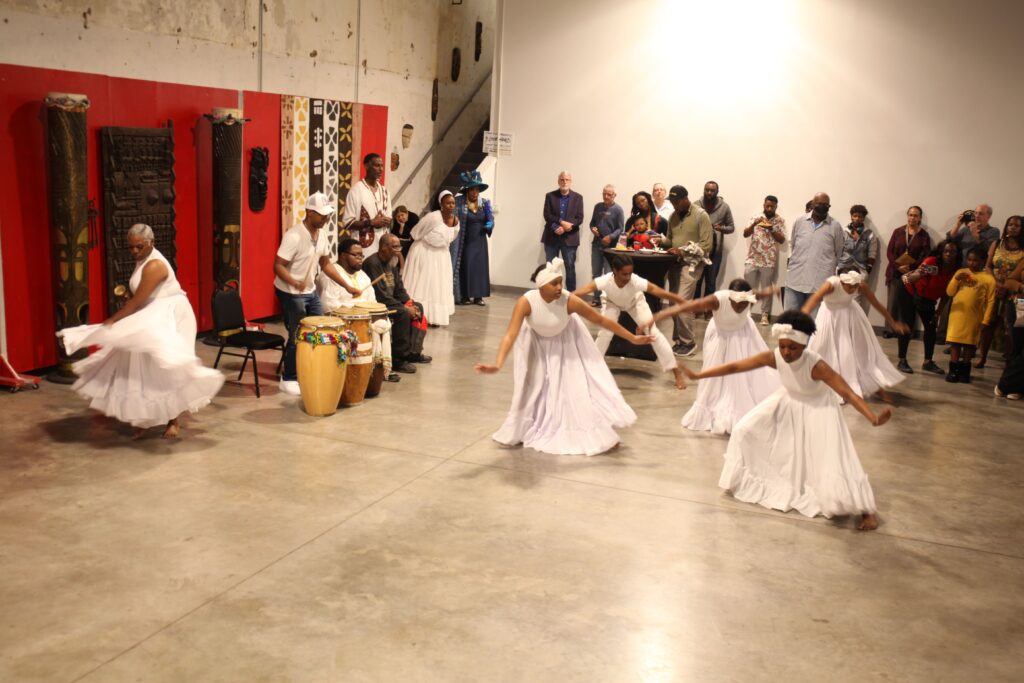
Our people be doing it. The main floor was awash with entrancing dance. Sisters and a brother dressed in white, swirling and twirling. Synchronized. Stepping beauty. What we do when we do what we do. This was a night that brought smiles to every witness face.
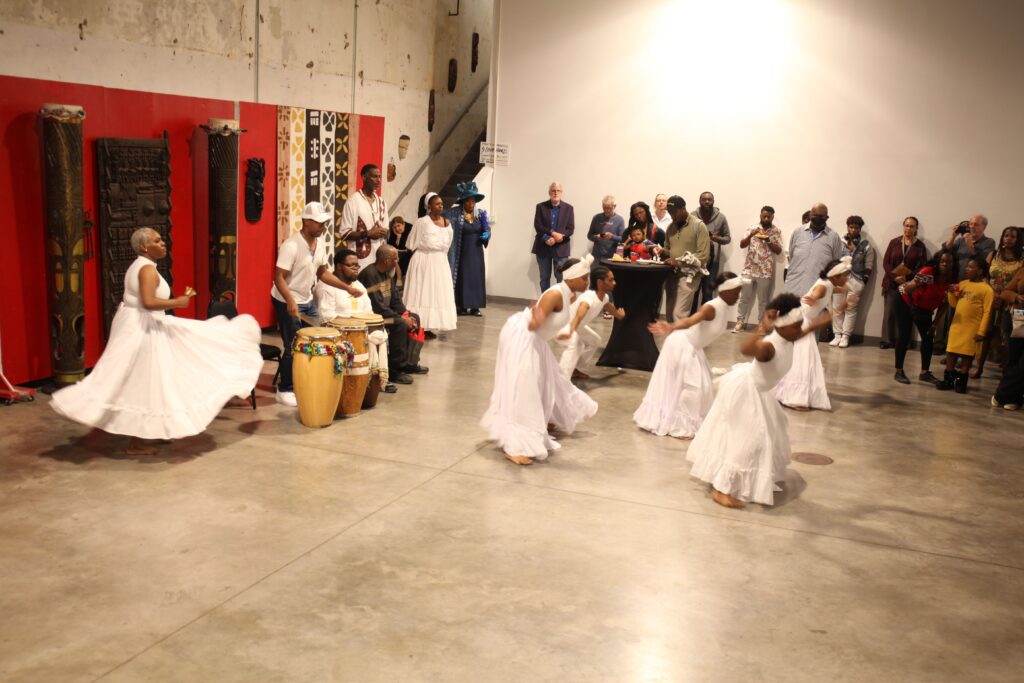
Seven dancers and two drummers were doing it at Ashe Cultural Arts Center on March 30, 2023 for the opening of IN THE SPIRIT OF BLACK, which was held in the Ashe main ballroom and at Ashe PowerHouse, and documented by photographer Girard Mouton,III. This was a celebration of SEEING BLACK, an exhibition of over seventy photographs in two locations curated by Shana griffin, featuring New Orleans photographers (both domiciled and native born). Plus, Ashe served tasty treats as edible additions to the reception.
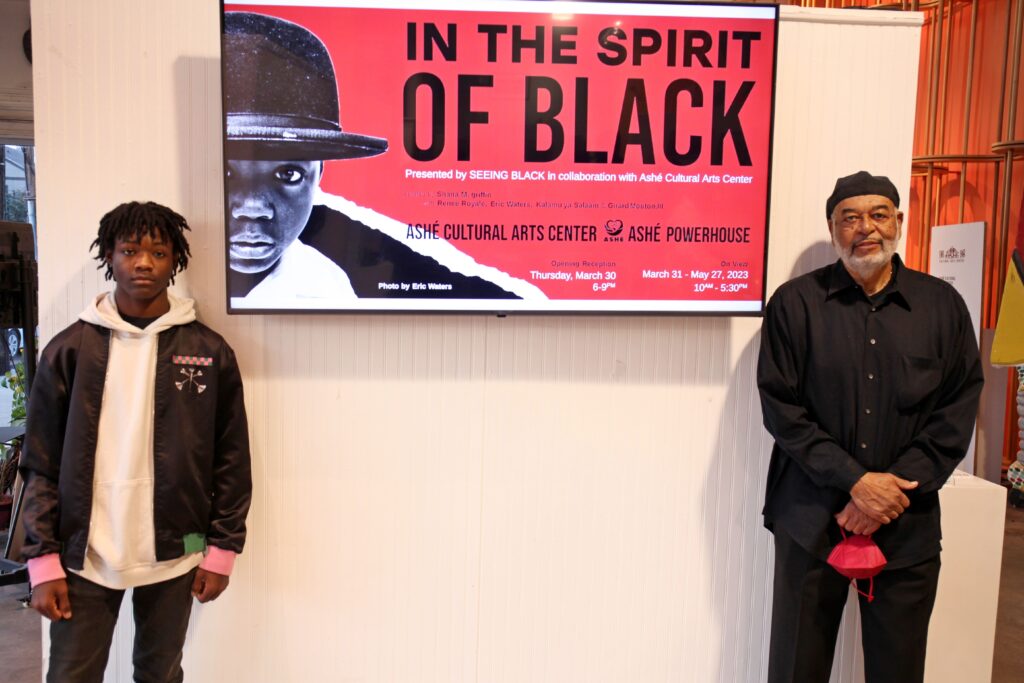
There was much to celebrate including the presence of a young man whose derby hatted portrait as a teenager was an iconic photograph by Eric Warters.
This was the second SEEING BLACK exhibition. The first program featured the work of Florestine Perrault Collins from the 1930’s, the city’s first female professional photographer who presented photographs in her home’s front room.
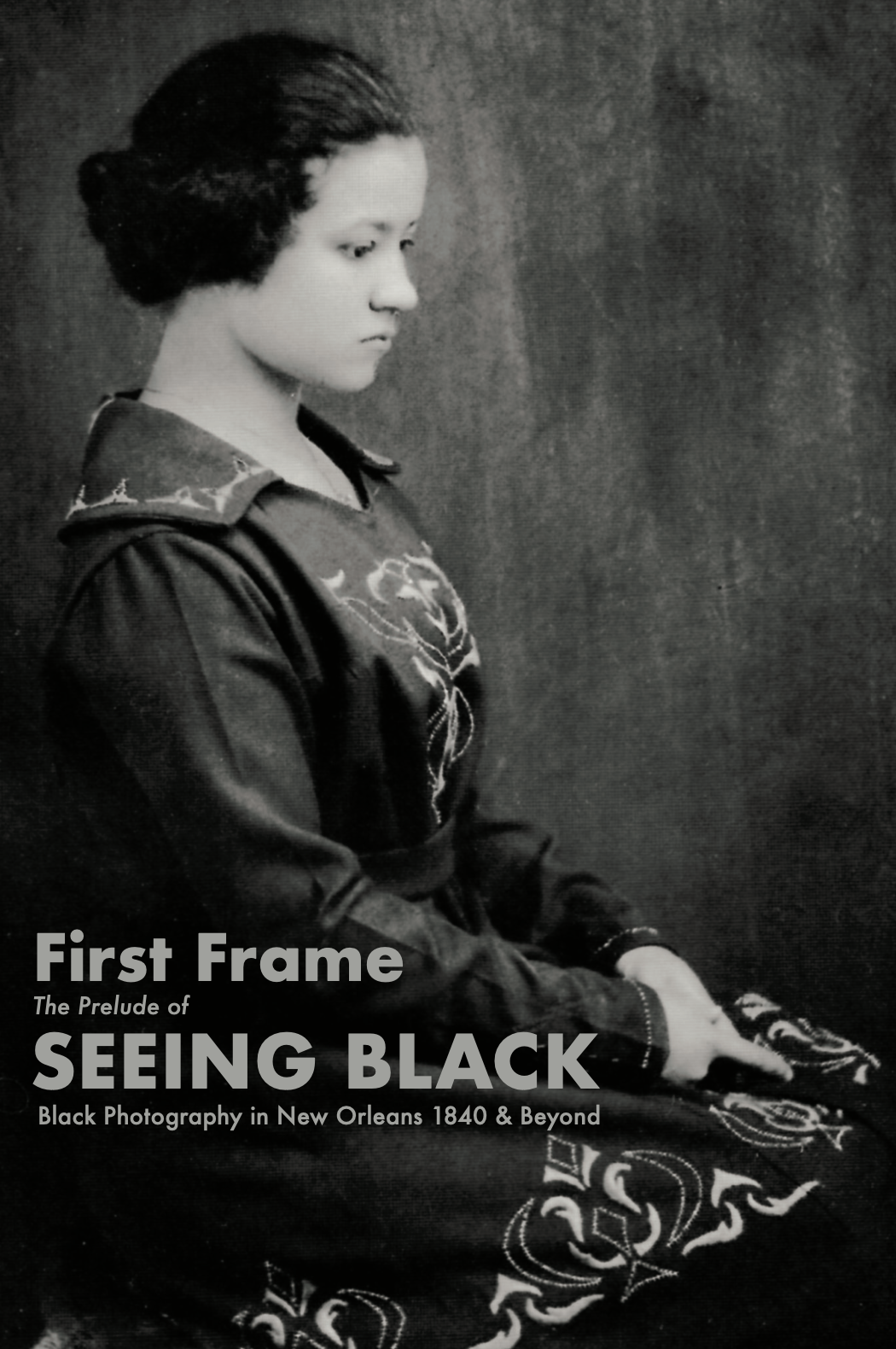
There is much more to come for viewing and educational purposes.
There’s no night so long
That we cannot ride through to
Taste tomorrow’s dawn
Precise Tenderness
By Kalamu ya Salaam
100 Haiku
Illustration by Tracy Murrell
Third World Press, 128 pages, $19.95
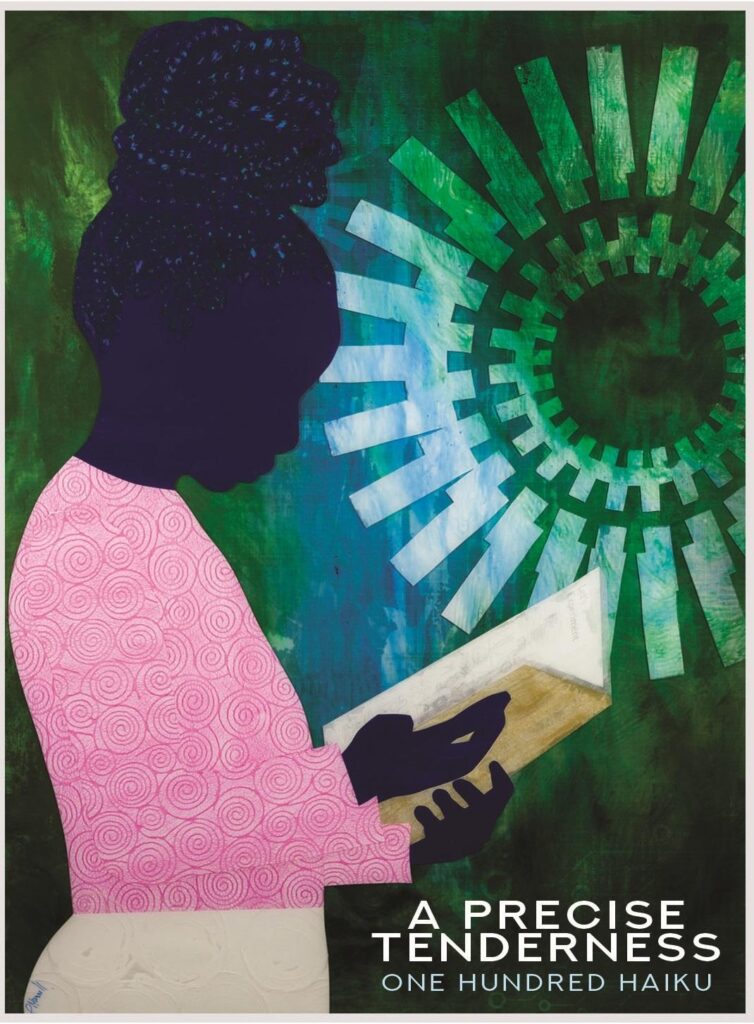

I was surprised when I saw the indy film, The Drummer (2020), starring Danny Glover. He portrayed an older man helping those, in ways both big and small, ways that could have landed people in jail. The majority of people alive today never experienced or for that matter never even heard about the struggles of the Viet Nam years.
This movie was not set in Nam. It was not about heroic resisters who refused to go to Nam. Rather this is a nuanced look at how difficult it was to resist, especially when you are fighting a lonely fight. This movie does not take a heroic view of resistance. Resistance was often difficult and full of vacillations. View it and marvel how many sacrifices many people made.
During the Nam years I was a Nike Hercules Nuclear Missile repair person in South Korea. I was trained to arm the nuclear warhead. Additionally, I was trained in Chemical, Biological, and Radiological warfare–a veritable killing machine.
I had dropped out of college and had made 18 years-old. I didn’t know what else to do, both my younger brothers were college educated. The youngest of the three of us became a cardiologist primarily serving the residents of our part of the city until Katrina ripped out his Heartbeats Life Center. When I signed up in 1965, I told the recruiter that I want to go anywhere except Viet Nam.
He laughed. I said “I’m sure ya’ll have some jobs they don’t use in Viet Nam.” He saw that I was serious, and simply said, “yes, but you have to pass a test to get one of those jobs.”
“Give me the test.” I was confident I could pass any test they might have–when I was in the army I developed one of my axioms about the average White male; “if the average White boy could do it, it couldn’t be hard.” That’s how I ended up doing work on nuclear missiles.
I have met Danny Glover a number of times. He is a sensitive and committed man who is a professional actor who has been in a number of block-buster movies, which is why I was so surprised when I saw this movie. It’s not Hollywood. It’s the hard choices that people made during the Nam years.
Check it and wonder if you could do what a relatively small number of people did.